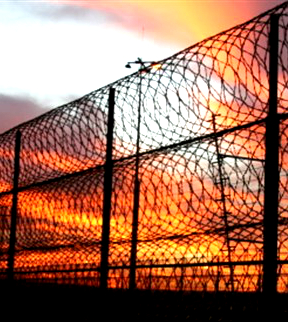MP's report shows prison rise
 A new report finds the proportion of Indigenous Australians in prison has doubled in thirty years.
A new report finds the proportion of Indigenous Australians in prison has doubled in thirty years.
In 2018, Australia’s prison population was 43,000 - 221 for every 100,000 adults, but there has been a significant jump since 1985.
By 1990, the imprisonment rate hit 114 prisoners per 100,000, up to 152 prisoners per 100,000 adults in 2000, 175 per 100,000 adults by 2010, and reaching 221 Australian adults in prison per 100,000 in 2018.
“In proportionate terms, the rise in incarceration rates from 1985 to 2018 amounts to a 130 per cent increase,” the working paper says.
“Not since 1899 has Australia incarcerated such a large share of the adult population.”
The share of Indigenous adults in prison has more than doubled, from 1,124 per 100,000 adults in 1990 to 2,481 per 100,000 adults in 2018.
In 2007, the African-American incarceration rate in the US was 75 per cent higher than the Indigenous incarceration rate, but in 2017, the Indigenous incarceration rate exceeded the African-American incarceration rate for the first time.
Almost one in four Indigenous men born in the 1970s have spent time in prison. Ninety per cent of Indigenous men from Western Australia born in the late-1970s have been arrested, charged or summonsed by police.
In previous decades, there was a strong correlation between violent crime and imprisonment in Australia, but imprisonment continues to rise in spite of falling crime rates.
The growth of Australia’s prison population has been linked to higher reporting rates, but also stricter policing practices, tougher sentencing laws, and more stringent bail laws.
The stats come from a working paper put forth by Labor MP and economist Andrew Leigh.
Mr Leigh says the trend is damaging in both economic and societal terms.
“The rise in Australian incarceration rates over the past generation is a policy choice, not an accident,” Mr Leigh says.
“While rates for most crimes have fallen, governments have deliberately chosen policies that have toughened bail laws and increased the amount of time that the typical prisoner serves.
“Mass incarceration has reached the point at which its costs undoubtedly outweigh its benefits.
“More rational criminal justice policies would save taxpayers money, improve community safety, and avoid the scarring effect of prison on offenders and their families.
“Better policies would avert a second convict age, and produce a society with less crime, and less punishment.”







 Print
Print